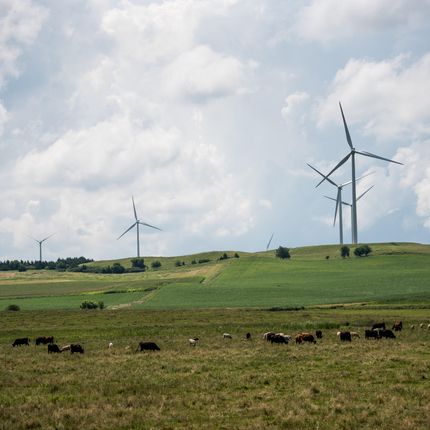By Lucas Nelsen, former staff member
Wind energy projects have proven to be an important economic development tool for counties across rural America. In Nebraska, these projects generated nearly $3 million in tax revenue for local schools – accumulating a total of $3,065,623 in 2017. The contributions were used to fund schools, roads, and other essential services. As rural economies look to diversify their revenue streams without raising taxes, wind energy projects could provide a breath of fresh air.
A wide range of benefits come along with wind energy development, including direct payments to landowners and employment opportunities. One economic benefit is the revenue these projects provide to the counties where they’re located. In Nebraska, the contributions came from 20 wind energy projects through the nameplate capacity tax and real property taxes.
Nebraska’s nameplate capacity tax is equal to $3,518 per megawatt (MW) of energy. The tax is assessed on wind energy facilities based on their total potential for energy generation – the average turbine has a capacity of about three MW. Real property taxes refer to collections paid on operations buildings, access roads, and the foundations for wind turbines. These taxes are determined by the tax district where the property is located.
As a result of new revenues from wind energy projects, officials may be able to expand local services. As rural communities look to rebuild and diversify their economies, wind energy may be a tool to spark growth.
Find out more on the Center for Rural Affairs website at cfra.org/publications/WindEnergyTaxRevenueNE.





